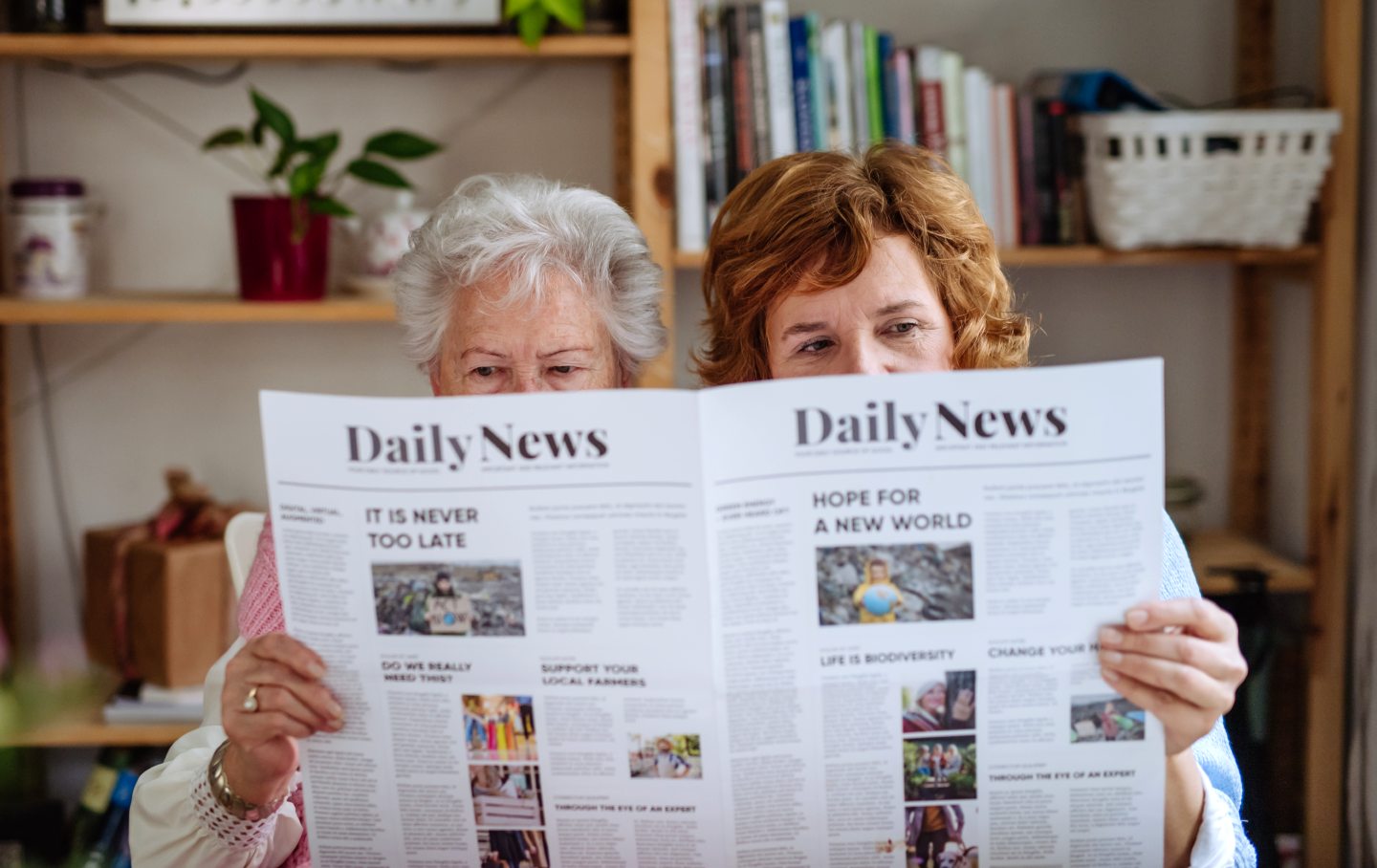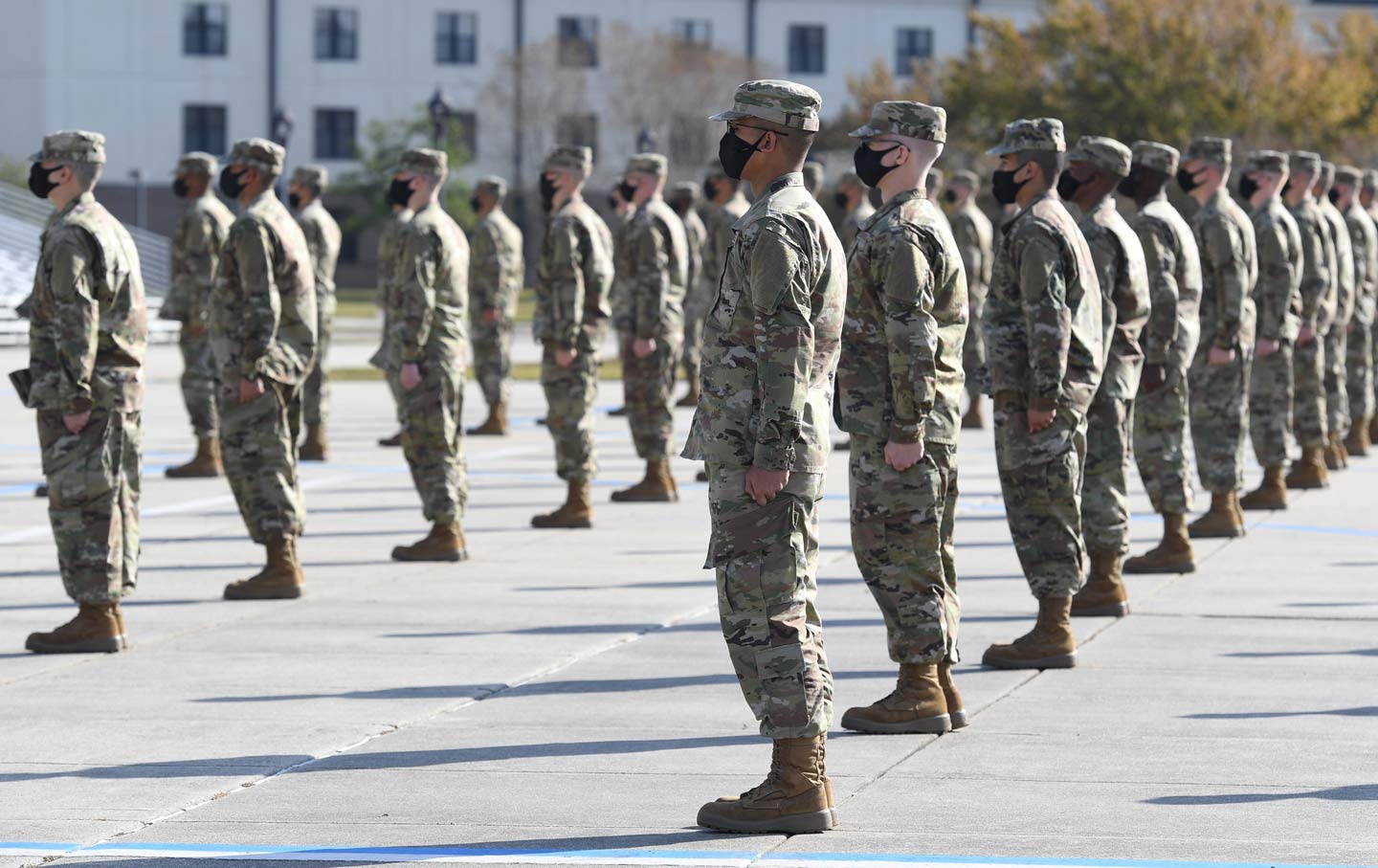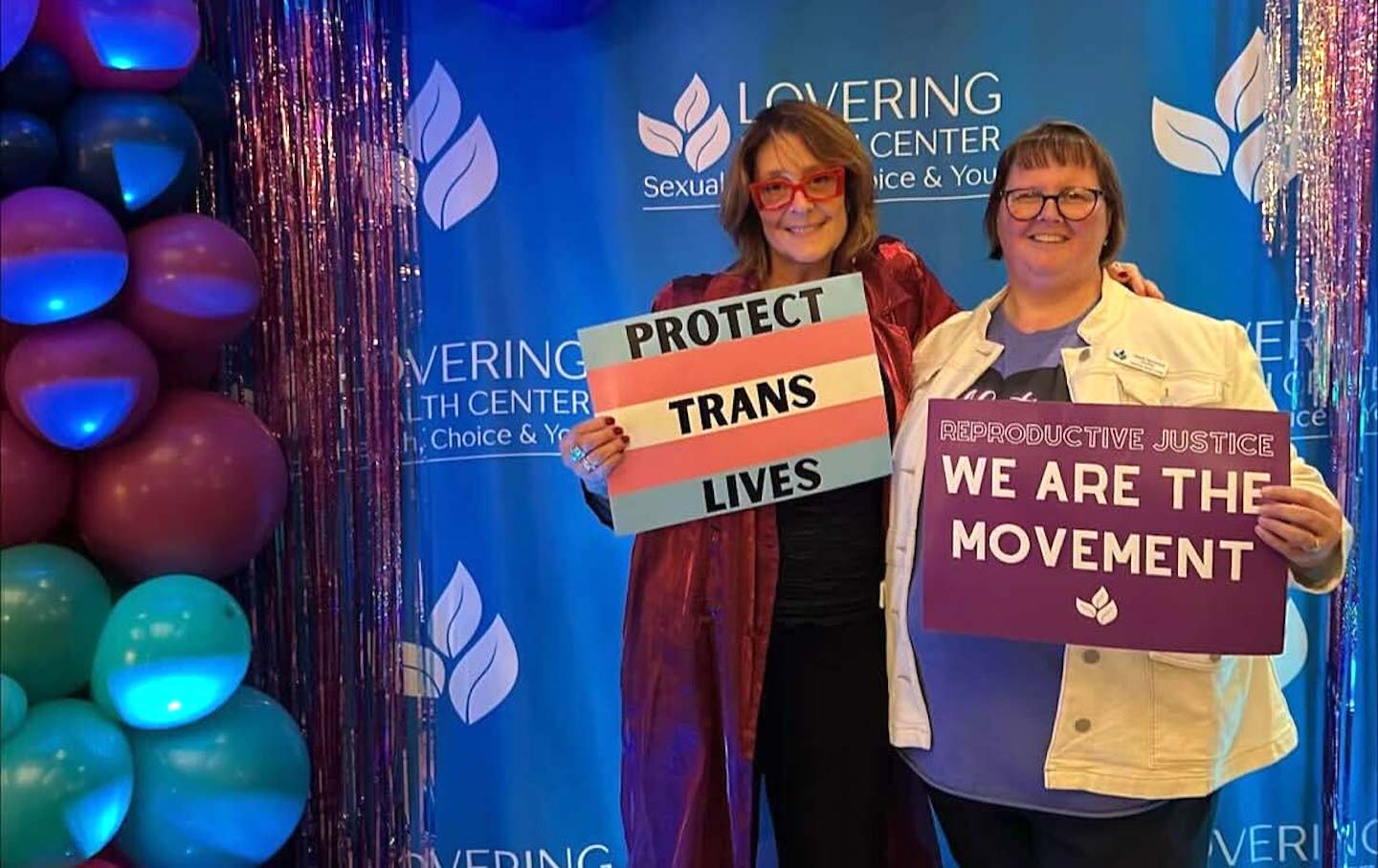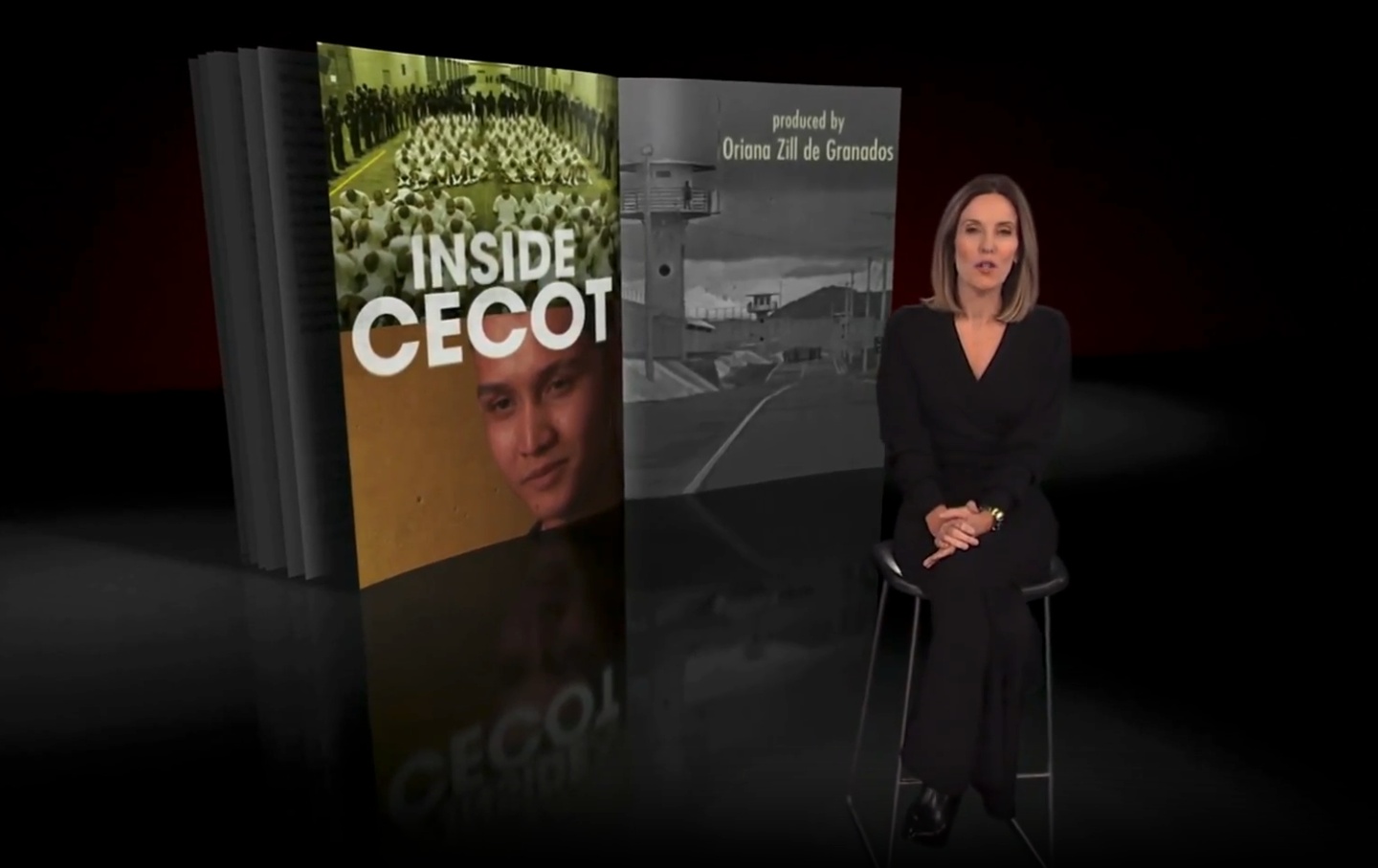How Dobbs Created an Abortion Training Crisis
How Abortion Bans Created a Crisis in Medical Education
The post-Dobbs system for residents’ training in abortion care may not be adequate to meet the needs of pregnant patients.

Last month, we learned of the lethal consequences of Georgia’s criminal abortion ban. Amber Thurman died after presenting to an emergency room with a rare complication from a medication abortion, using pills she had received at a clinic in North Carolina. Doctors at Piedmont Henry Hospital in Stockbridge, Georgia, delayed clearing the fetal tissue lodged in Thurman’s uterus, causing her sepsis. As ProPublica’s reporting makes clear, but for concern about violating Georgia law, and the paralyzing confusion about how close to death a patient must be before physicians can act, the 28-year-old mother of a 6-year-old son would still be alive.
This is neither the first nor the last preventable death after Roe v. Wade’s reversal. But what we know now about the health and life consequences of criminal abortion bans is just the tip of the iceberg. Not only have abortion restrictions or outright bans changed how providers deliver emergency abortion care, but they also shape whether anyone will be able to provide care. As training for abortion and miscarriage management becomes increasingly limited, the quality of patient care will suffer and pregnancy care deserts will expand.
Since Dobbs v. Jackson Women’s Health Organization, medical education for ob-gyns specifically has shifted in significant ways. Even before the June 2022 decision, there was a stretched population in many states of physicians who provided abortions and limited training opportunities for ob-gyns. But since Dobbs, that scarcity has deepened, and some of the basic, as well as more complex, skills residents must learn are now illegal in states, like Georgia, with bans at conception or after six weeks.
We already have seen a decrease in applications to residency programs in ban states; this follows the trend of established healthcare professionals moving their practices or leaving out abortion care altogether. But perhaps less discussed is how ob-gyn residency programs, which are required to teach abortion and miscarriage management no matter their location, had to respond almost overnight to Dobbs. To get the essential education that all ob-gyns need, residents in ban-state programs must travel to states where abortion is legal for intensive multiweek courses.
Organizations like the Ryan Residency Program help facilitate this travel, matching residents from ban states to programs in non-ban states. But it’s a fragile arrangement. Demand far exceeds the capacity of teaching hospitals to provide the clinical hours for both in-state and out-of-state residents; increased competition has resulted in some residents’ moving out of the obstetrics practice altogether. And not every resident can travel for weeks at a time, either because of personal and family reasons or the costs and logistical burdens involved.
To shore up gaps in training, residency programs offer added simulation—training with models and not an actual patient—for miscarriage and abortion care. Simulation has become an integral part of training, but it cannot replace real-life clinical experience, such as procedures in operating rooms, under anesthesia, or office-based procedures like manual vacuum aspiration. These are skills any OB would be taught in residence at a training program but for bans on those procedures after Dobbs.
In the same vein, training in blocks of time means that abortion and miscarriage management are not integrated through the multiyear course, which combines education in abortion care with other clinical and surgical skills as a resident rotates through the program. Moreover, residents who leave their home hospitals for out-of-state training deprive those institutions of vital care they would have provided on rotation in other medical specialties.
Post-Dobbs changes in residency programs portend long-term effects for the quality of and capacity for care. A new generation of ob-gyns trained in ban states, which constitute one-third of the country, will have limited experience treating patients with medical complications that necessitate termination. This matters because, as recent litigation makes clear, exceptions for life and health under abortion bans can be crucial for the pregnant people in ban states. Fourteen states, which prohibit abortion at conception or before six weeks, have exceptions only for life or health (when there is serious risk of substantial or irreversible impairment, for example), and five states permit legal abortion only to save a person’s life. Yet, these exceptions have been the source of confusion, hesitation, and fear in the face of inevitable need for medically indicated abortions that often demand urgent care.
In the coming years, however, there is no guarantee that the OBs in those ban states will know how or feel comfortable caring for patients in emergencies. As we have seen, that will mean life-threatening, and life-ending, outcomes for patients, as a recent study demonstrates. And consider this: In instances in which patients are harmed, this country’s medical malpractice system, which holds providers liable for treatment below the standard of care, will not have changed along with deficits in training. In other words, physicians who do not use reasonable care can be sued for negligence, regardless of what training they received. The pressure of civil liability combined with the threat of prosecution will make doctors with reservations about their skill level completely (and perhaps justifiably) resistant to offering care.
This current system, which increasingly operates through a network of collaborating organizations and individuals to facilitate travel and to fill gaps in care, is not adequate to meet the needs of patients. It depends on burdensome and costly travel—traveling residents, traveling patients, traveling providers—so long as states can criminalize abortion and ban it in almost all circumstances.
Understudied actors have a role to play in expanding ob-gyn training. For example, the accreditation agency Accreditation Council for Graduate Medical Education, which requires abortion training for all ob-gyns (who do not have religious objections), could vet and strengthen the training arrangements that have arisen post-Dobbs and hold programs accountable for meeting training mandates. Standards from national professional organizations like the American College of Obstetricians and Gynecologists for emergency and medically indicated abortions could underscore the consensus around the standards of care, no matter where you live. And state medical boards and health departments could provide the resources, financial and logistical, that help and build groups like the Ryan Residency Program.
We need to connect the dots between the new mode of medical training in ban states, providers’ navigation of the exceptions for life and health in those states and, in the coming years, what that means for the broad swaths of care deserts, our tort system, and the quality of patient care. Now, in ban states, there is hesitation to deliver abortion care under the law. In the future, there may be no one in an ER who is trained or able to do so.








